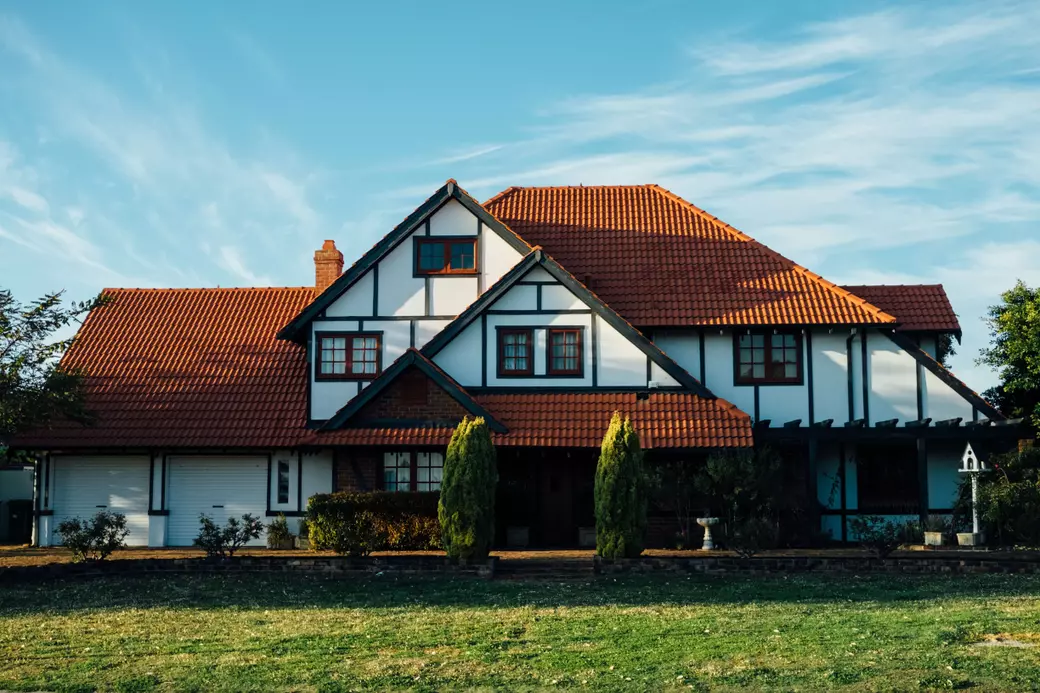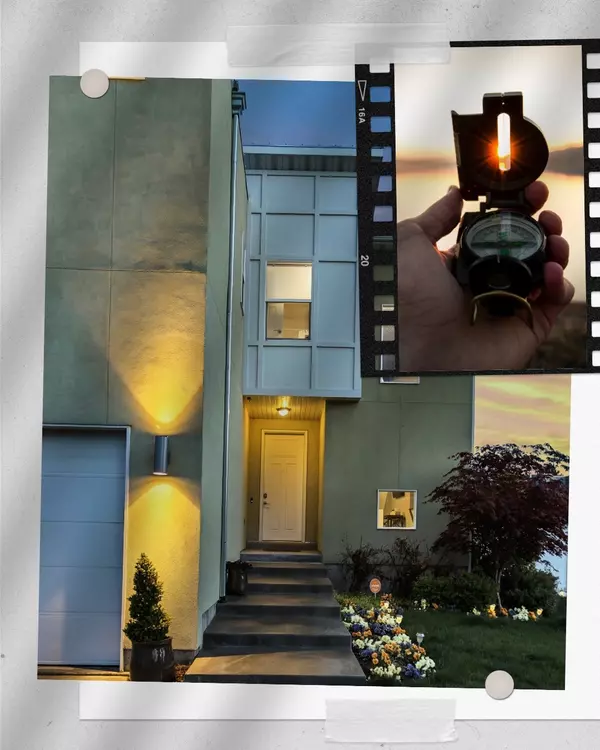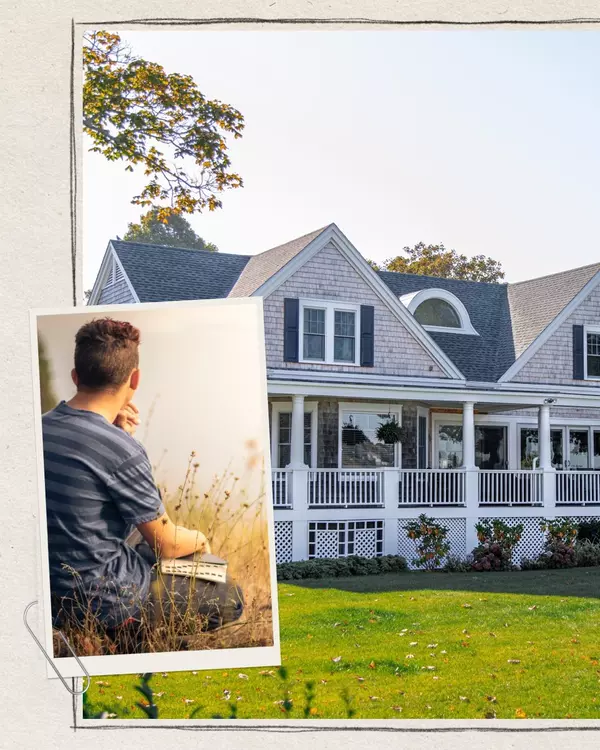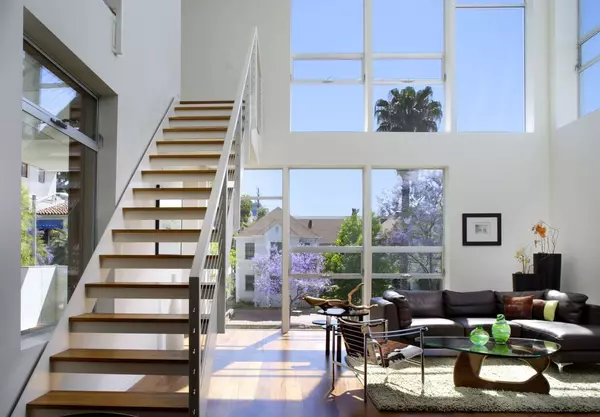Navigating the Complexities of CPR Conversion: A Step-by-Step Guide for Property Owners

The process of converting property into a CPR, or condominium property regime, involves dividing the property into individual units. Each unit is separately owned and maintained, while common areas such as the pool, parking, and landscaping are jointly owned and maintained by all unit owners.
Here is a general overview of the steps involved in converting a property into a CPR:
- Hire an attorney: The first step is to hire an attorney who specializes in CPR conversions. They will help you navigate the legal process and ensure that the conversion meets all state and local laws.
- Create a plan: Next, you will need to create a plan for the conversion. This includes dividing the property into individual units, determining common areas, and outlining the ownership and maintenance responsibilities.
- File the plan: Once the plan is complete, it must be filed with the state and local government for approval. This process can take several months.
- Get approval: Once the plan is approved, you can begin the process of dividing the property into individual units. This includes creating separate deeds and titles for each unit.
- Establish HOA: After the property is divided, an HOA, or Homeowners Association, will be established to manage the common areas and enforce the rules and regulations.
- Sell the units: Once the conversion is complete, the individual units can be sold to buyers.
Qualifying for a CPR Conversion in Hawaii: Understanding the Requirements and Approval Process
In Hawaii, a property must meet certain qualifications in order to convert into a CPR, or condominium property regime.
- Zoning: The property must be located in an area that is zoned for multi-unit residential use.
- Size and layout: The property must be large enough to accommodate multiple units and have a layout that allows for the creation of separate units.
- Property condition: The property must be in good condition and comply with all state and local building codes and safety regulations.
- HOA formation: The property must have an Homeowner's association(HOA) that will be responsible for managing the common areas and enforcing the rules and regulations.
- Approval: The property owner must submit a plan for the conversion to the state and local government for approval. The plan must include details on the proposed layout, ownership and maintenance responsibilities, and other important information.
- Legal requirements: The property owner must hire an attorney who specializes in CPR conversions and ensure that the conversion meets all state and local laws.
It's important to note that the process of converting a property into a CPR can be complex and time-consuming, and it's essential to work with an attorney and real estate agent who have experience in this area. If you are interested in Purchasing a property that you believe to be a CPR, learn more about it here to see if a CPR property is a good fit for you and your lifestyle.
Recent Posts








